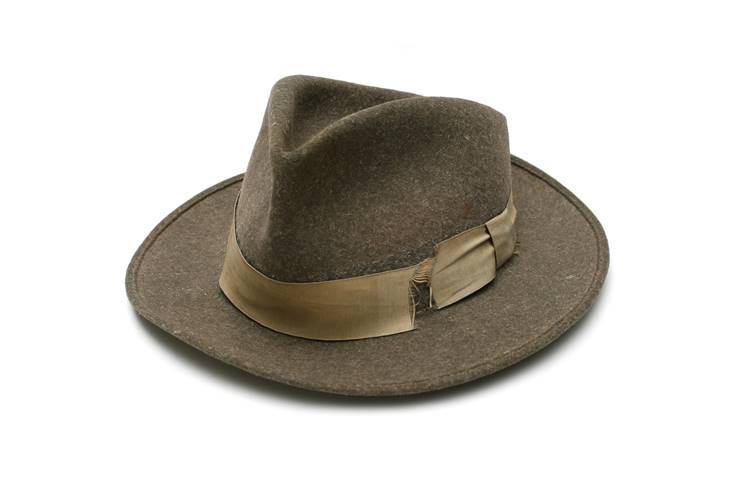History and Origin of Hats
Hat is a covering for the head. Hats are worn for various reasons, from fashion to protection, for ceremonies and rituals, for women and men. They were markings of a class to which a wearer belonged and are used to differentiate nationalities, branches and ranks in military.
One of the first images that show a hat, is a painting in a Thebes tomb. It depicts a man that wears a conical hat made of straw. Pileus appeared also very early and it was a simple skull cap. When in Ancient Greece and Rome a slave was freed, he was given a Phrygian cap as a symbol of freedom. That is why Phrygian caps were called Liberty caps while they were worn during French revolution. First hat with a brim is an Ancient Greek petasos. Wearing of hats was not reserved for man only. Women wore different head coverings like veils, kerchiefs, hoods, caps and wimples. One of the basic materials that hats are made of is felt. Felt was discovered at different times in different parts of the world. Ancient Egyptians found felt when they noticed that camel hair that falls into the sandals becomes compact from pressure and moist. Native Americans found felt in their fur moccasins. It is told that St. Clement found felt when he filled his shoes with flax fibers. That is why he is pronounced patron saint of felt hat makers. In 16th century, women began to wear structured hats, similar to those that were worn by men. In 18th century milliners started appearing, usually women, that created hats and bonnets but also designing overall styles. Materials of the highest quality and best hats came from Italian city of Milan. That is where term “milliner” comes from.

One of the most popular women’s hats in 18th century was ‘Shepherdess’ hat with a large brim as a protection from the sun. Bonnets were made from silk with wooden strips or whalebone for a frame and a strip that held hat to a head in bad weather. In 19th century, brim size of bonnets changed from very large to small (when parasols became fashion). At the same time, hats reentered the scene and were in fashion as much as bonnets. They started as riding woman’s riding hats and were made as highland caps, little circular pork pie hats, doll hats decorated with feathers and tall hats. 20th century saw woman’s hat change from smaller to big with large brim to small again. It changed with fashion and hairstyles, economic and social changes, wars, rationing. Man’s hats also changed through history. Simple skull caps changed into Capotain (tall hat with small brim and a belt with a buckle) and that one into a broad, round-brimmed hat that protected from sun and rain, which transformed into tricorne. Tricorne evolved into bicorn (Napoleon wore a bicorn hat). Many styles of hats developed independently or from each other, like beret, Stetson, top hat, sombrero or fez. In time, wearing of the hats declined. Today, they are worn for occasions or as part of casual wardrobe but not universally as they were.

